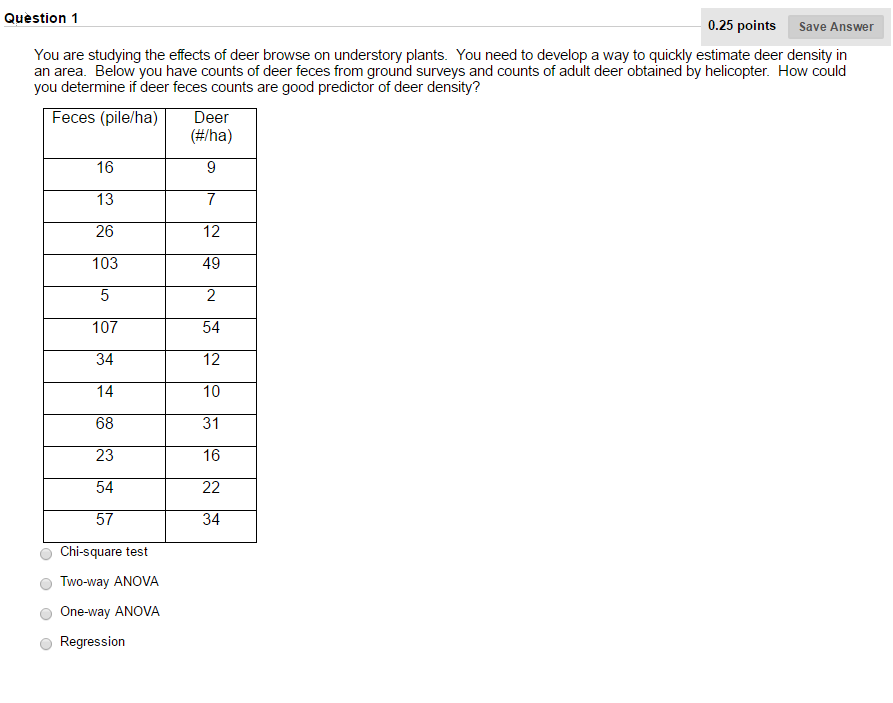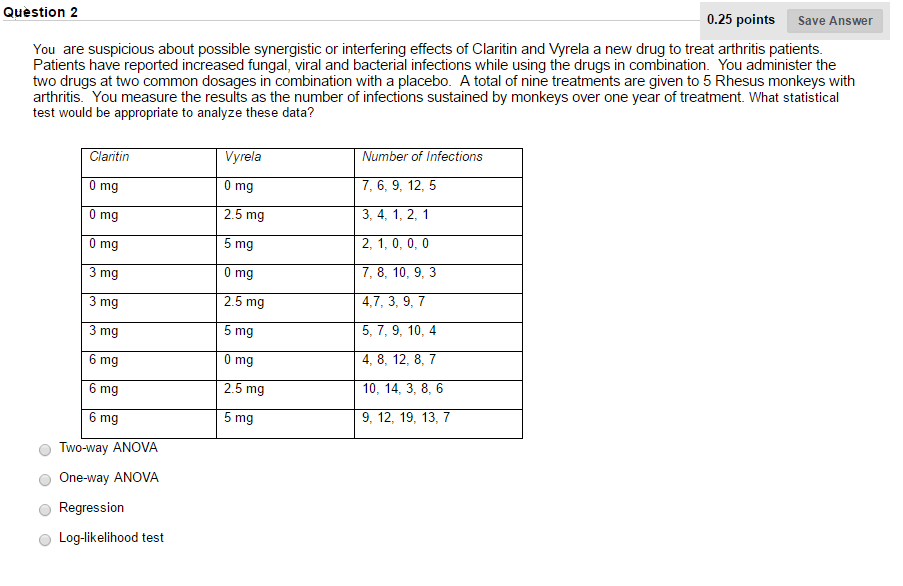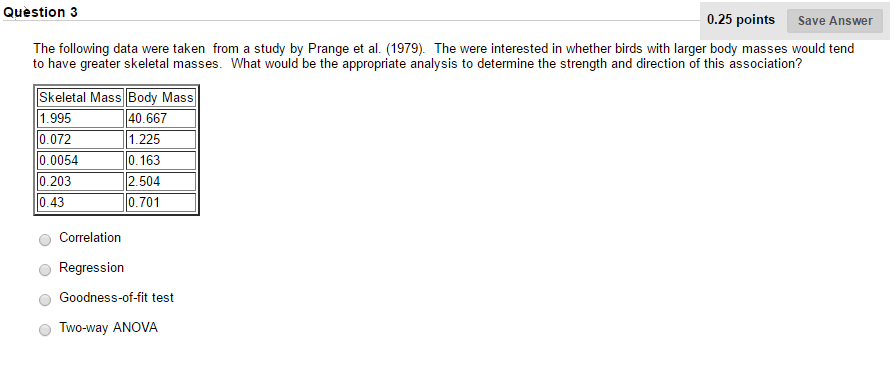Submission
In your submitted report, you should address the research questions (shaded yellow below) by
reporting the analyses you are required to carry out (in italics below). To present your analyses and
conclusions you should write a detailed results section and a concise discussion section, using the
same format that would be expected in a journal article (i.e., APA style). There is a 1500-word
limit for this assignment. Independent of the word limit, you may include a maximum of five
tables and/or figures. References are not required but can be included to justify specific analytic
decisions (these will not be included in the word count).
Data set
These data come from a study of healthy adults that included both questionnaires and cognitive
tasks. The accompanying text file is structured as follows:
Column 1 = participant ID number
Column 2 = delusional ideation (questionnaire range: 1-30; higher scores reflect greater lifetime
delusional ideation)
Column 3 = hallucination history (questionnaire range: 1-30; higher scores reflect greater lifetime
history of hallucinatory experiences)
Column 4 = pathology severity (questionnaire range: 10-100; higher scores reflect greater
psychopathology)
Column 5 = metacognition 1: perception (%; lower scores reflect poorer ability to think about one’s
perceptual states)
Column 6 = metacognition 2: memory (%; lower scores reflect poorer ability to think about one’s
memory)
Column 7 = source monitoring 1: speak vs. hear (%; higher values reflect poorer source
monitoring)
Column 8 = source monitoring 2: imagine vs. hear (%; higher values reflect poorer source
monitoring)
Input the data into SPSS to perform the subsequent analyses.
Research questions
A team of researchers asked 180 healthy adults to complete the aforementioned set of questionnaires and cognitive tasks. The researchers were primarily interested in the cognitive variables that relate to the tendency to experience delusions and hallucinations. In addition to these two outcome measures, the other variables included a self-report scale of general psychopathology and measures of metacognition and source monitoring. In the metacognition tasks, participants had to complete a standard visual episodic memory or perception task and estimate their own performance.
The researchers sought to relate participants’ performance and their estimates of performance and thus created an outcome measure reflecting the percentage (%) correspondence between the two (higher % reflects greater correspondence or metacognition). The final two tasks measured source monitoring. In these tasks, participants had to perform one of two activities when presented with a word on a computer monitor (task 1: speak the word or listen to someone else speaking it; task 2: imagine the word being spoken or listen to someone else speaking it).
Afterwards, they were presented with a list of words and had to judge whether the word had been
spoken or heard (task 1) or imagined or heard (task 2). The researchers computed the percentage of
errors in these two tasks. All the individual data have been screened and cleaned so that there are
no missing data or miscodings; all data are normally distributed with no univariate or multivariate
outliers.
The researchers’ first question was whether they could predict delusional ideation and hallucination
history from the two measures of metacognition, two measures of source monitoring, and the single
measure of pathology severity. Carry out an analysis, or series of analyses, which will allow the
researchers to determine the answer to their first question. Briefly address whether the sample size
is suitable for this analysis (these analyses) and whether the data meet other assumptions of this
analysis (these analyses).
The researchers’ second question was motivated by the primacy of certain variables. In particular,
the authors thought that metacognition pertaining to perceptual states was more fundamental to
experiencing hallucinations than metacognition pertaining to memory. They similarly thought that
source monitoring pertaining to imagined vs. heard stimuli was more fundamental to experiencing
hallucinations than source monitoring pertaining to spoken vs. heard stimuli. Carry out an analysis,
or series of analyses, that would allow the researchers to incorporate their beliefs about the tasks
and allow them to understand the variables that predict hallucination experience.
The researchers’ third question concerned how source monitoring and metacognition relate to one
another in the prediction of hallucination experience. In particular, the researchers theorized that
metacognition for perception may underlie the relationship between source monitoring (imagined
vs. real) and hallucination history and thus that once you control for metacognition, the latter
relationship would reduce or disappear. Carry out an analysis, or series of analyses, which will
allow the researchers to determine the answer to this question.
If you need help with this assignment, then do not hesitate to contact us. Our writing experts can provide you with sample solutions for this assignment so that you can compare them with what you are working on.
ORDER THIS ASSIGNMENT


